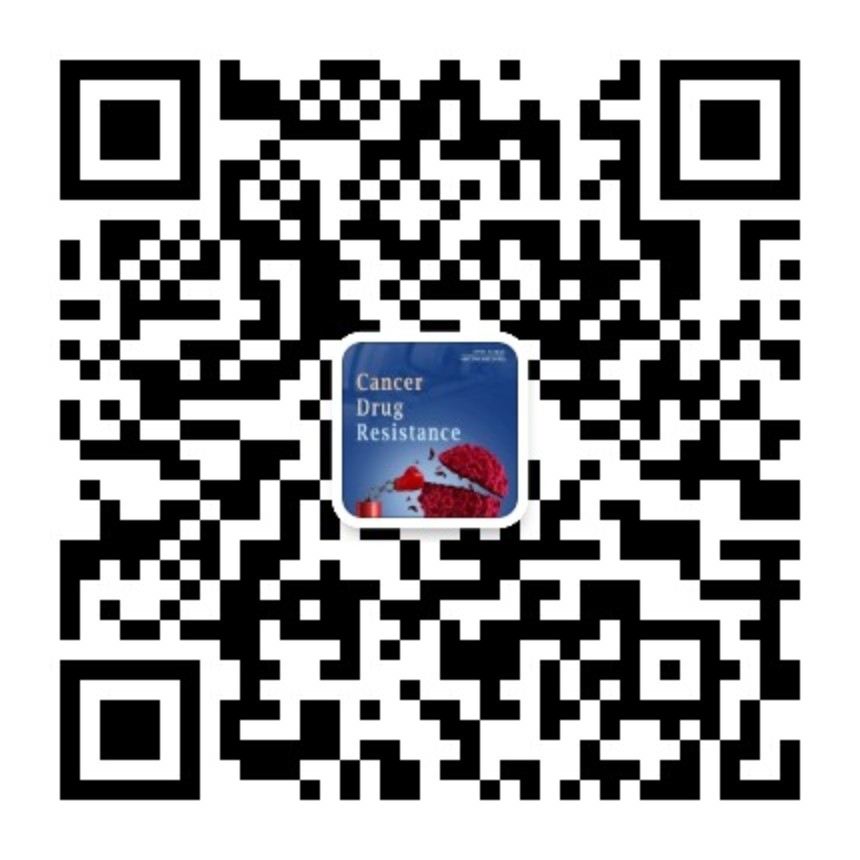fig11

Figure 11. An overview of the STAT3 pathway and its role in drug resistance modulation by sesquiterpene lactones. The STAT3 pathway is activated when cytokines, such as EGF and FGF, bind to their respective receptors. This binding activates JAKs, which then phosphorylate STAT3 at tyrosine residue Tyr705, leading to its activation. Upon activation, STAT3 dimerizes and translocates to the nucleus, where it regulates gene expression. The activation of STAT3 is associated with chemotherapy resistance, as it upregulates downstream factors involved in apoptosis inhibition and DNA repair. Moreover, the STAT3 pathway interacts with the TRAIL pathway, which contributes to the ability of sesquiterpene lactones to overcome drug resistance in cancer cells. STAT3: Signal transducer and activator of the transcription 3; EGF: epidermal growth factor; FGF: fibroblast growth factor; JAKs: Janus kinases; TRAIL: tumor necrosis factor-related apoptosis-inducing ligand.












